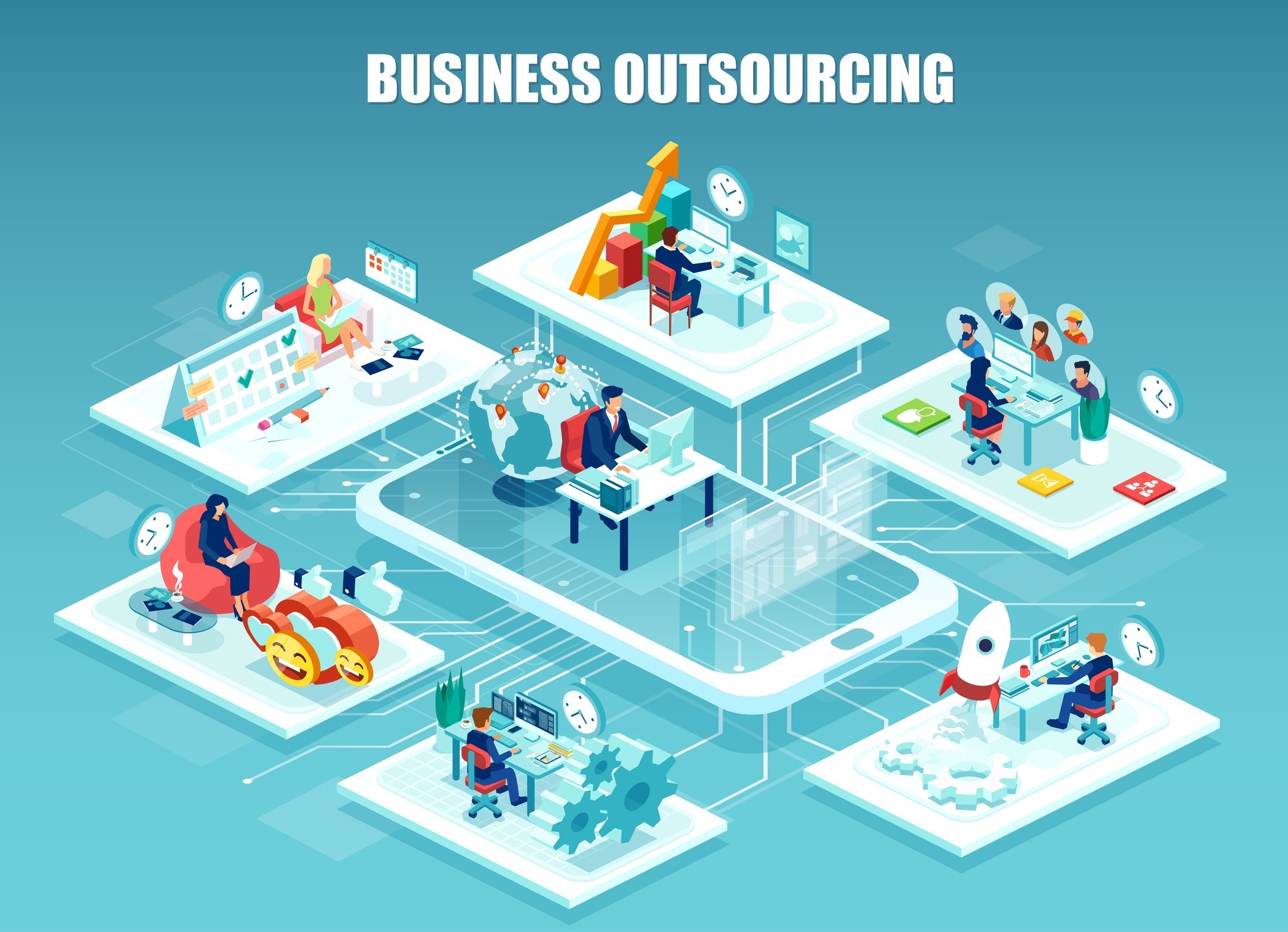Let’s look at what creates a talent gap. A colleague just decided to leave a great job and take a risk on a new venture. A friend’s husband is riding out his non-compete and assessing whether to go back into the workforce when the year is up. A third has simply decided to call it quits. What do they all have in common? They are 55 or older and they are part of a new wave of highly experienced individuals leaving their employers with a talent gap that was sudden and unexpected.
If you’re a business owner and you’re experiencing a shortage of skilled workers (a talent gap), you’re not alone. Nearly 3 million women have dropped out of the labor force since the pandemic. We’re amid a turnover tsunami with 52% of American workers planning on looking for new jobs in 2021 according to a recent study. Then there’s early retirement.
Bloomberg reports that approximately 2.7 million Baby Boomers are considering it. I had the exciting opportunity to provide insight on this trend for Bloomberg Quicktake with Madison Mills. You can see the interview here. My segment starts at 21:50.

What is fueling early retirement talent gap?
Let’s start with business owners. A friend of mine just sold his business for multiples he never imagined. He’s one of thousands of owners who are responding to a perfect storm of circumstances pushing them to the exit doors.
Many are feeling traumatized and exhausted from COVID-19 and are wondering whether they have the resilience to manage another crisis. They see more regulation coming out of Washington—new rules that they need to understand and implement. On the flip side, they are bolstered by multiple income streams from investments and real estate, and with more money in private equity than we have seen before, they can sell their businesses for a price that makes it hard to refuse.
For highly experienced professionals in their late 50s and early 60s, the idea that they must return to commuting and adapt to the ever-changing business climate are just two of the deciding factors in retiring early. For those in management, the effort involved in bringing people back to the office safely, managing a post-COVID-19 workforce and replacing those who have left is simply too much. Add to that it’s a sellers’ market in real estate and the idea of cashing out and moving to a warmer climate is simply irresistible for some.

Where does that leave employers? Many are facing a serious brain drain, a shortfall of leadership and a loss of the keepers of company culture. But it’s not all doom and gloom.
The new workforce planning approach
The good news is that in the past year, companies have had to adapt to rapidly changing circumstances around COVID-19: government mandates, new modes of communication, changing customer demands and supply chain shortages. Business owners have been forced to strengthen their nimbleness muscles.
So, when it comes to workforce planning, it makes sense to take a step back and not do the same old thing by immediately replacing the person who just left. While turnover is never easy, it does provide an opportunity to reevaluate positions, work processes and resources.
Here are some ideas to consider:
Redistribute the work – Like business owners, employees have learned to flex, handling tasks, learning new methods of communicating and adapting to work-life situations they never imagined before. Think about your current team and what new skills they have learned during the pandemic. How adaptable are they? Can they be trained to handle different tasks? You might be surprised at the ability of employees you may have underestimated before.
Deploy technology – The right software can free up your team members to focus time on more high-value tasks like creative and critical thinking, coaching others and developing new strategies. Artificial Intelligence has already proven to create efficiencies in customer service, in creating reports and in tasks like transcribing video and audio recordings. Don’t overlook the power of technology to bring efficiencies to your business.

Hire outside experts – Outsourcing certain support functions like accounting, marketing, HR and administrative support can reduce your overhead, increase productivity, shrink the talent gap and bring you more experienced and reliable talent. It can also free you from the day-to-day burdens of managing these functions while you focus on the reason you started the business in the first place.
At NEMR, we are seeing a massive shift in how organizations staff roles. Two trends are emerging. First, businesses are focusing on their key competency, and are contracting out other functions. Second, they are taking matters into their own hands, forming partnerships and feeder programs to develop the staff of the future.
Workforce planning is going to be different for the foreseeable future. Now is the time to reassess what skills, personalities and roles are going to propel your business beyond the pandemic. NEMR HR experts are ready to assist with navigating the new realities of talent strategy. If you are thinking of outsourcing HR and payroll functions, Chat Live with us to learn more or Email Us.


